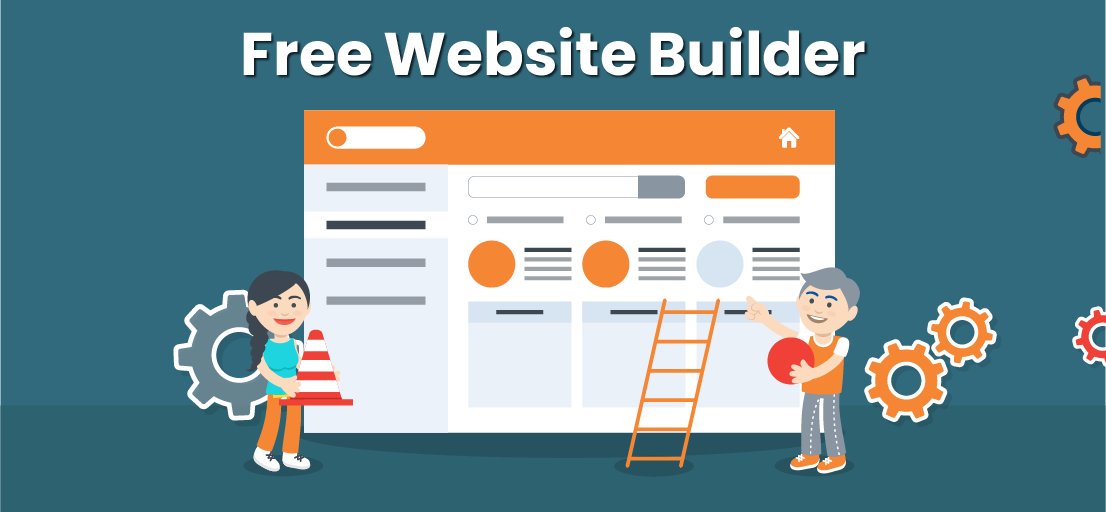There are many ways to have an online presence as a brand, company, or individual. Whether you want to build a personal brand, promote your business, or just share your interests with the world, starting a blog is one of the most accessible ways to do so. Readers today are looking for authentic voices. They want to get to know you and trust you. A blog is a great way to do that. It’s also an easy way to build your own personal brand as well as a professional one. And it’s something you can set up in a matter of minutes and begin posting to in another few minutes after that! With this blog starter guide, we walk you through everything from choosing a domain name and hosting site all the way through creating your profile and uploading images. Ready? Let’s get started!
Step 1: Decide on a Blog Topic
We’re all familiar with the “How do you eat an elephant?” riddle. The idea of tackling something big and seemingly impossible by breaking it down into small, manageable steps. When starting a blog, the first step is deciding on the blog’s topic. The topic you decide for your blog will ultimately help you decide on all other aspects of your blog—from its look and feel to its purpose and tone. It will also play a key role in choosing your domain name. Start by making a list of topics that interest you. You may already have an idea of what you want to write about. If not, don’t worry. You might want to choose a topic related to your field, a hobby, or something that you’re particularly passionate about. Find a topic that you can write about regularly and consistently, and that you can also be excited to write about.
Step 2: Pick a Domain Name
Step 3: Find the Right Hosting Site
Step 4: Create Your Blog’s Look and Feel
Once you’ve chosen a hosting site, you can start designing your blog. Once you create a login to your hosting account, you can access a site builder. Site builders will walk you through designing your blog. You can choose from pre-made themes, or you can start from scratch and create whatever design you want. You can also add your own images and photos if you want to create a custom design. Your blog design will help your readers recognize you as a unique voice. It’s a chance for you to create a look and feel that represents you—so make the most of it! You can also add widgets, plug-ins, and other customizations that will help you share your content and connect with your readers.
Step 5: Add Content to Your Blog
After you’ve created your blog’s look and feel, it’s time to start adding content to your blog. You can start with a few posts and then add more as you go along. A blog post is a piece of content that’s longer than a social media post but shorter than an article. It could be a review, an opinion piece, a list, or any other format that helps you share your content with readers. Let your readers know that the blog is yours and that you are there for them. Get to know your readers and interact with them. There are many ways to start blogging and many ways to keep blogging. You can write about any topic you’re interested in, you can write about your hobbies and passions, or you can write about your field.
Conclusion
Start your blog with the goal of growing your online presence as a brand, company, or individual. You can use your blog to share your interests with readers or to promote your services. Whatever your goal with your blog, start with a topic you enjoy. Create a design that shows off who you are and includes your unique voice. Add content that your readers will enjoy and share your blog with the world. Ready to get started? Great! This guide is designed to walk you through the process of starting your first blog. Ready? Let’s do this! Now that you know how to start a blog, what are you waiting for? Pick a topic, design your blog, and get started!





Comments
Post a Comment